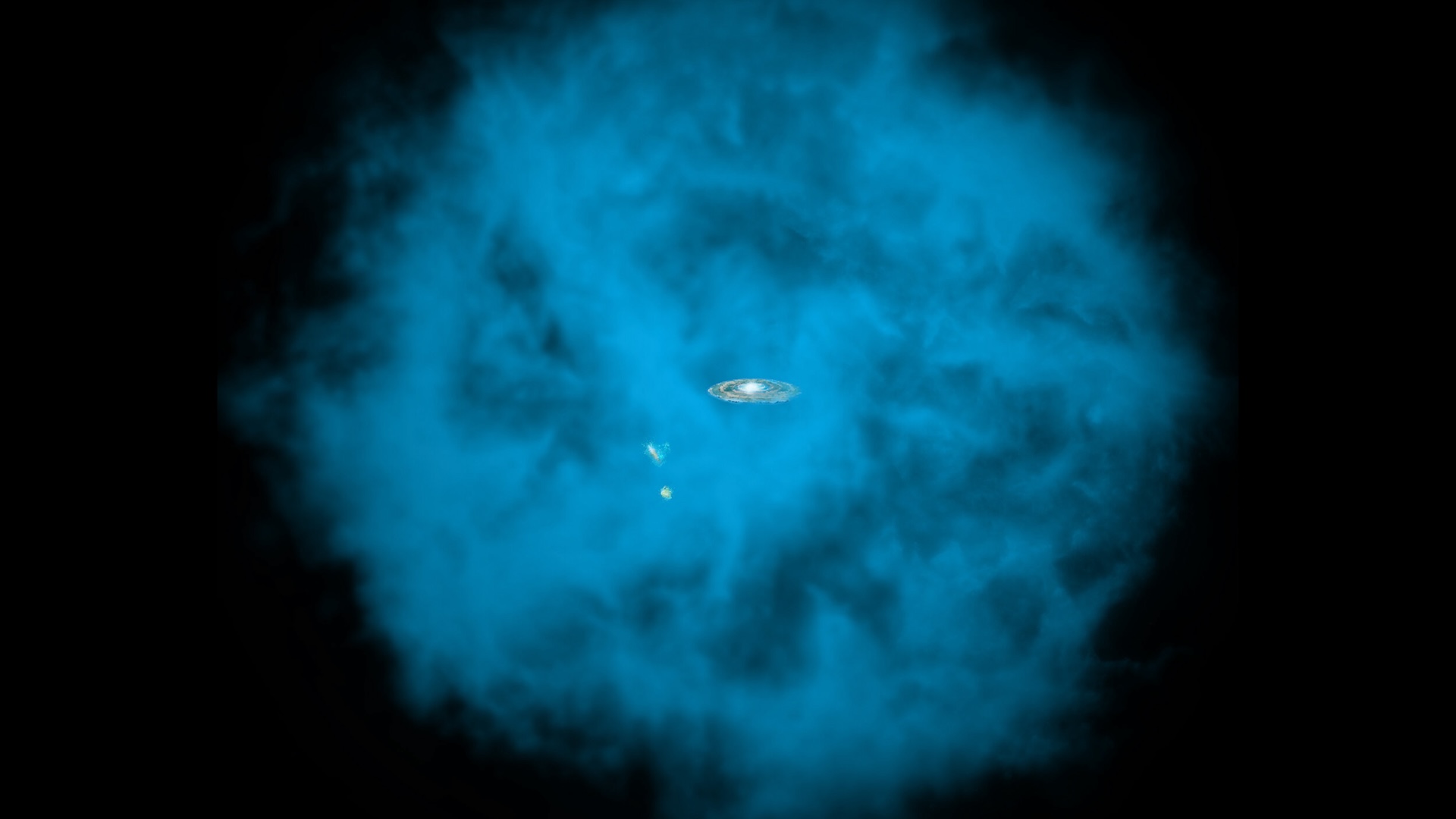Carbon Dioxide
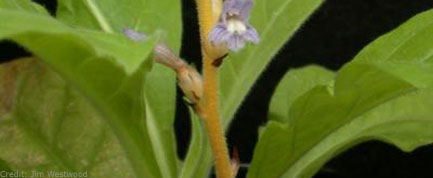
Find out everything there is to know about carbon dioxide and stay updated on the latest carbon dioxide related stories with the comprehensive articles and informative features. Learn more about this essential gas as scientists continue to make amazing discoveries about carbon dioxide.
Latest about carbon dioxide
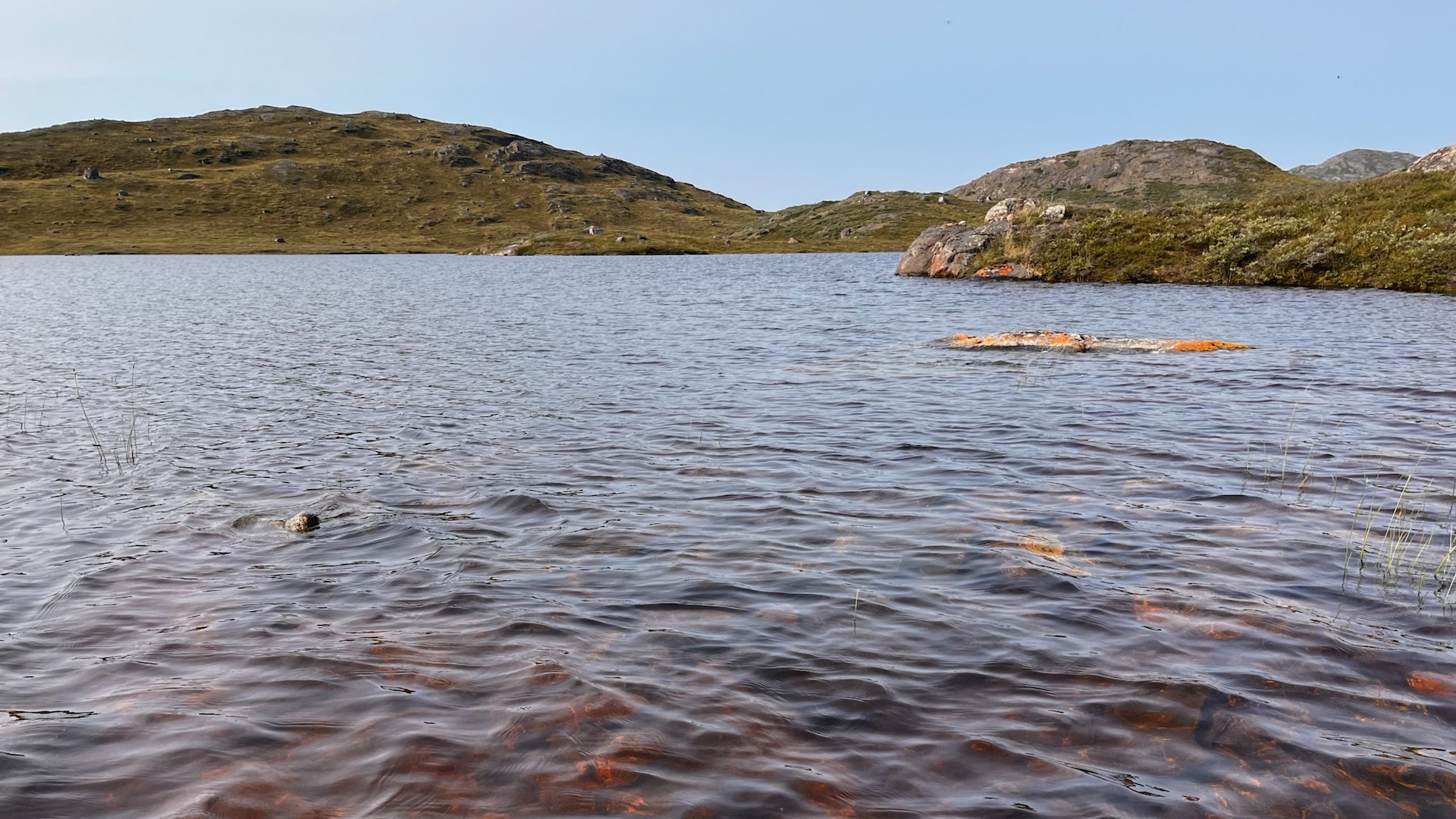
Catastrophic tipping point in Greenland reached as crystal blue lakes turn brown, belch out carbon dioxide
By Patrick Pester published
Record heat and rain turned thousands of Greenland lakes brown in 2022 as they hit a tipping point and began emitting carbon dioxide.
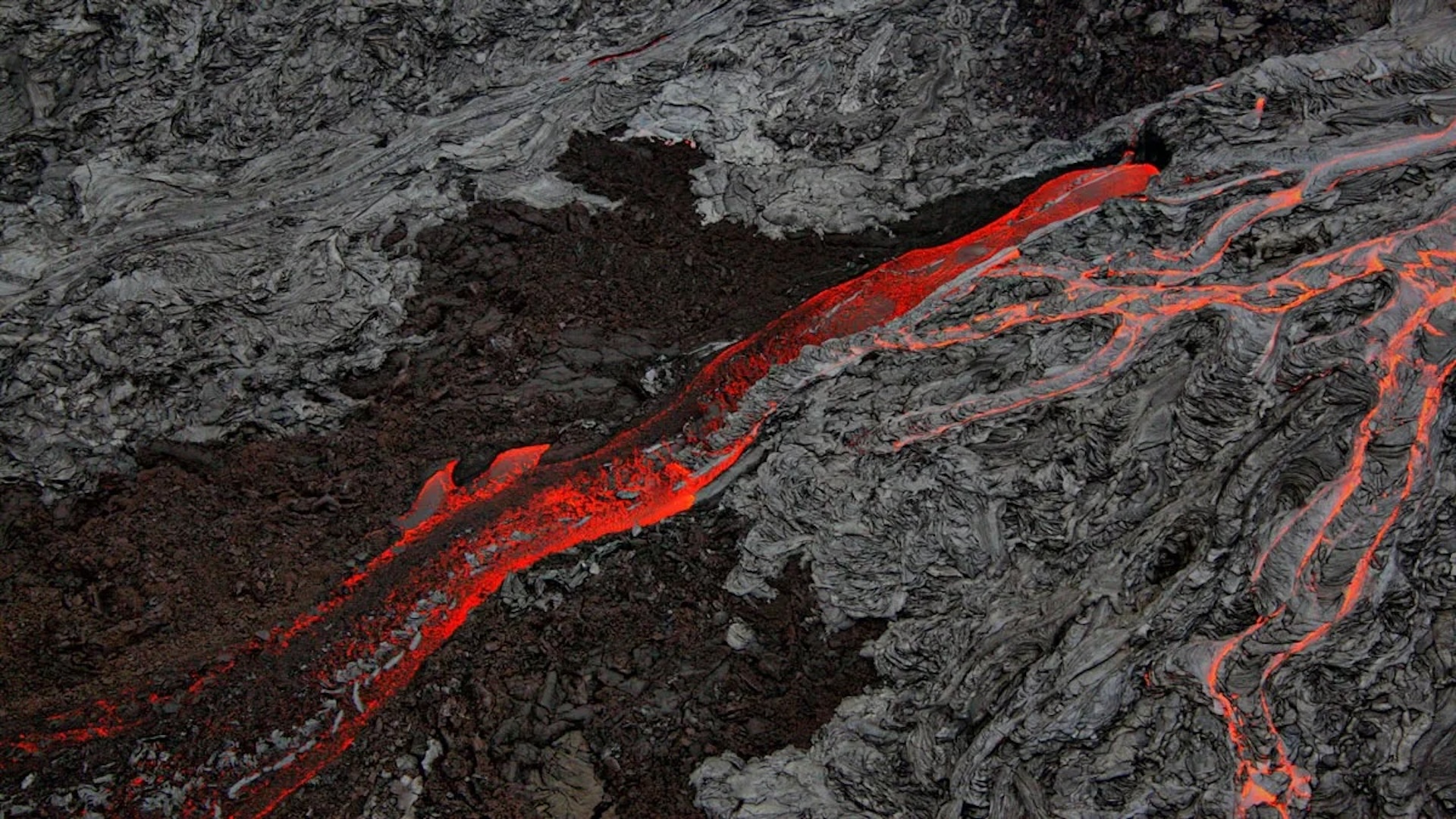
'Cryptic carbon' may leak from volcanoes millions of years after eruptions end
By Skyler Ware, Eos.org published
Dissolved carbon dioxide may have bubbled up from magma far below Earth's surface, contributing to prolonged warming.
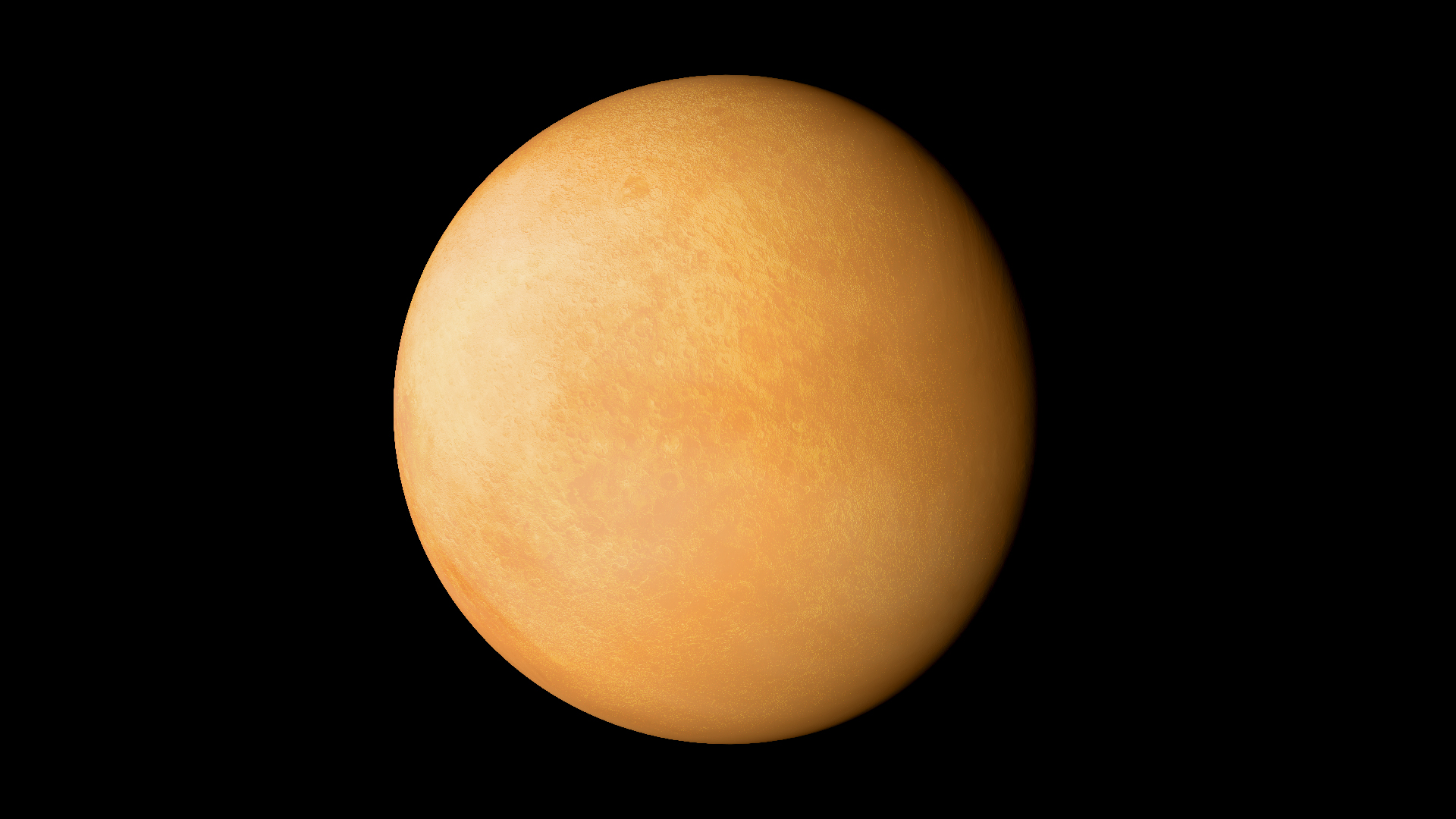
'Unique and extreme': James Webb telescope detects possible alien world bubbling over with volcanoes
By Agnibha Banerjee published
Astronomers using the James Webb Space Telescope have detected possible signs of gases released by volcanic activity on a distant exoplanet.
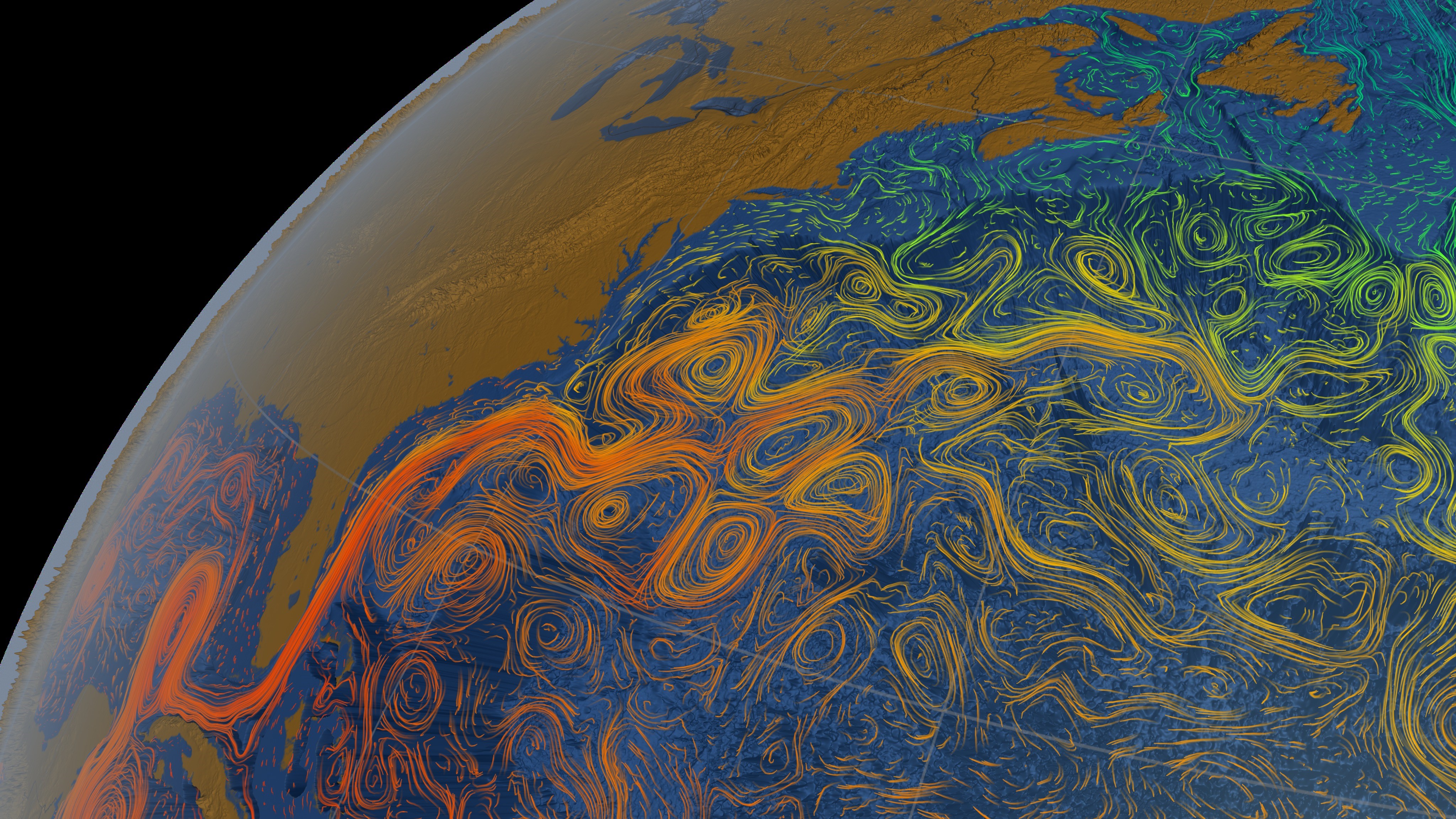
'We don't really consider it low probability anymore': Collapse of key Atlantic current could have catastrophic impacts, says oceanographer Stefan Rahmstorf
By Ben Turner published
A visualization from space of the Gulf Stream as it unfurls across the North Atlantic Ocean.
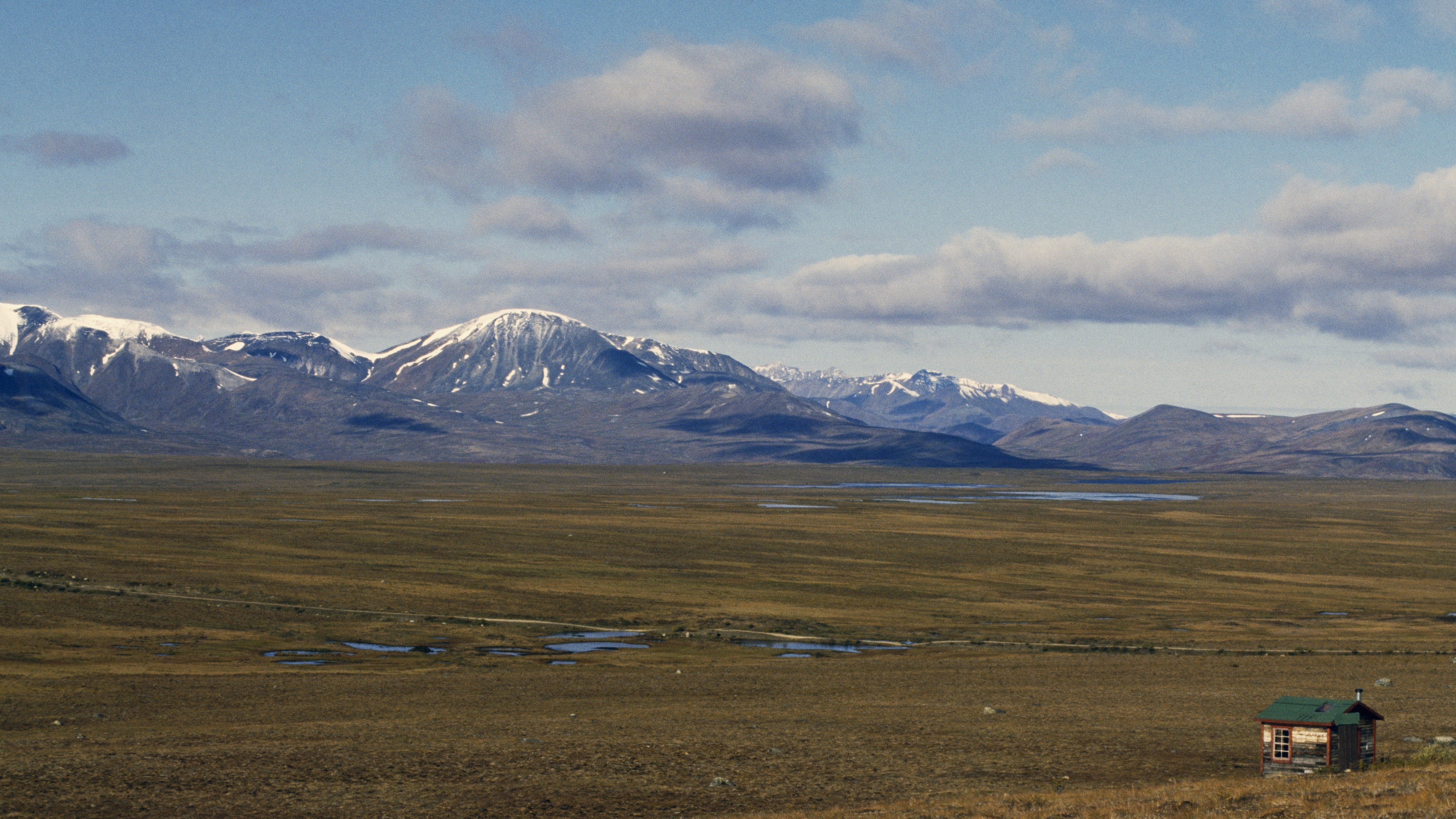
Fool's Gold is driving a new accelerating climate feedback loop in Canada
By Ben Turner published
A hut sits at an altidue of 1,800 meters near the Mackenzie Mountains in Yukon, Canada.

Why can't you suffocate by holding your breath?
By Ashley Hamer published
The human body has a number of mechanisms that prevent you from holding your breath until you suffocate.

'Completely unexpected': New type of wood discovered by scientists dubbed 'midwood'
By Raymond Wightman, Jan Łyczakowski published
Tulip trees were long renowned for their carbon storage. Their unique wood may be responsible.

'Mega' El Niño may have fueled Earth's biggest mass extinction
By Stephanie Pappas published
Volcanoes spewing carbon dioxide 250 million years ago heated the climate so much that extreme El Niño events became the norm, pushing most life on Earth past its limits.
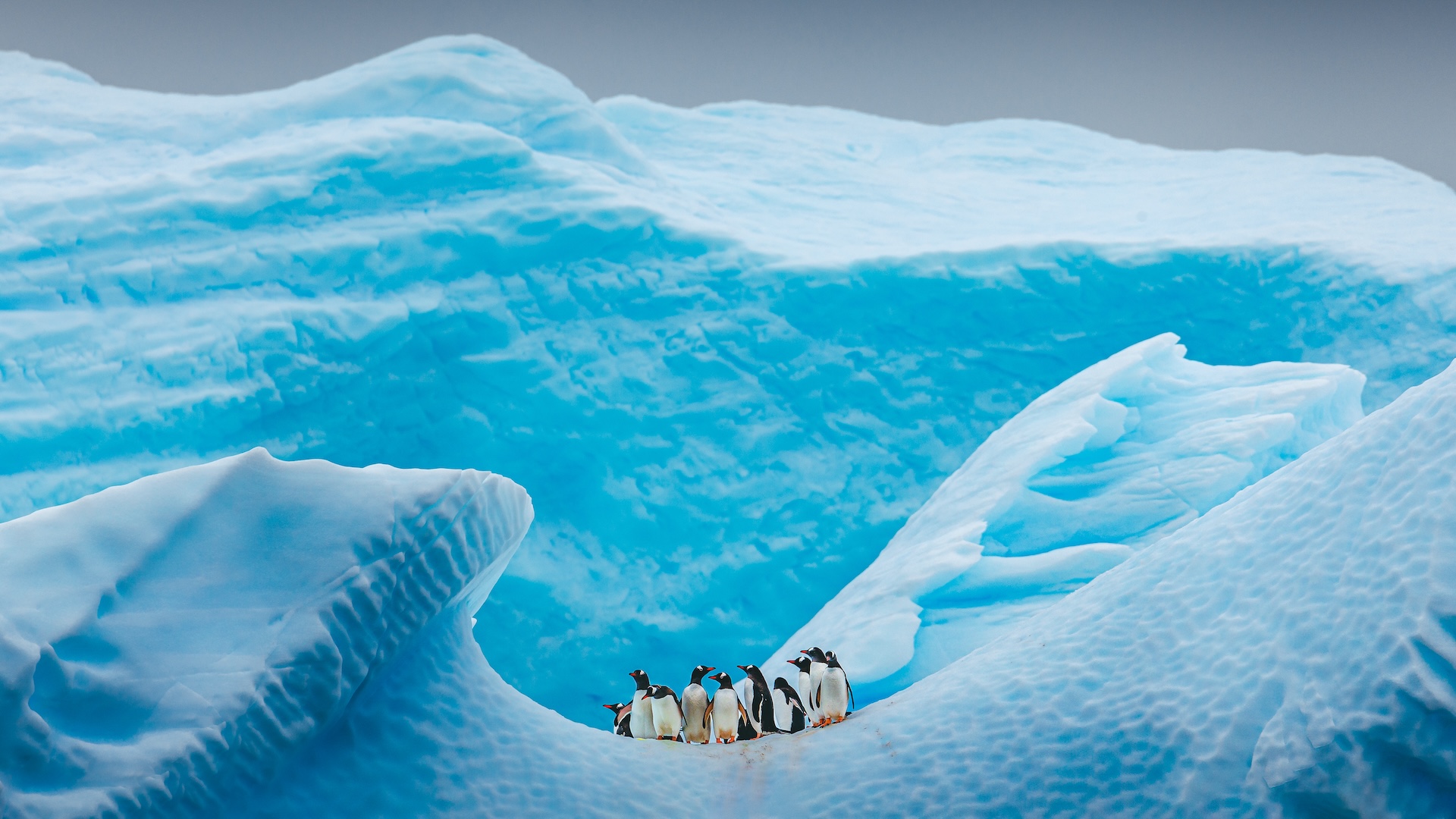
When was the last time Antarctica was ice-free?
By Victoria Atkinson published
Antarctica is covered by a miles-thick ice sheet, but was that always the case? And when was the coldest continent ice-free?
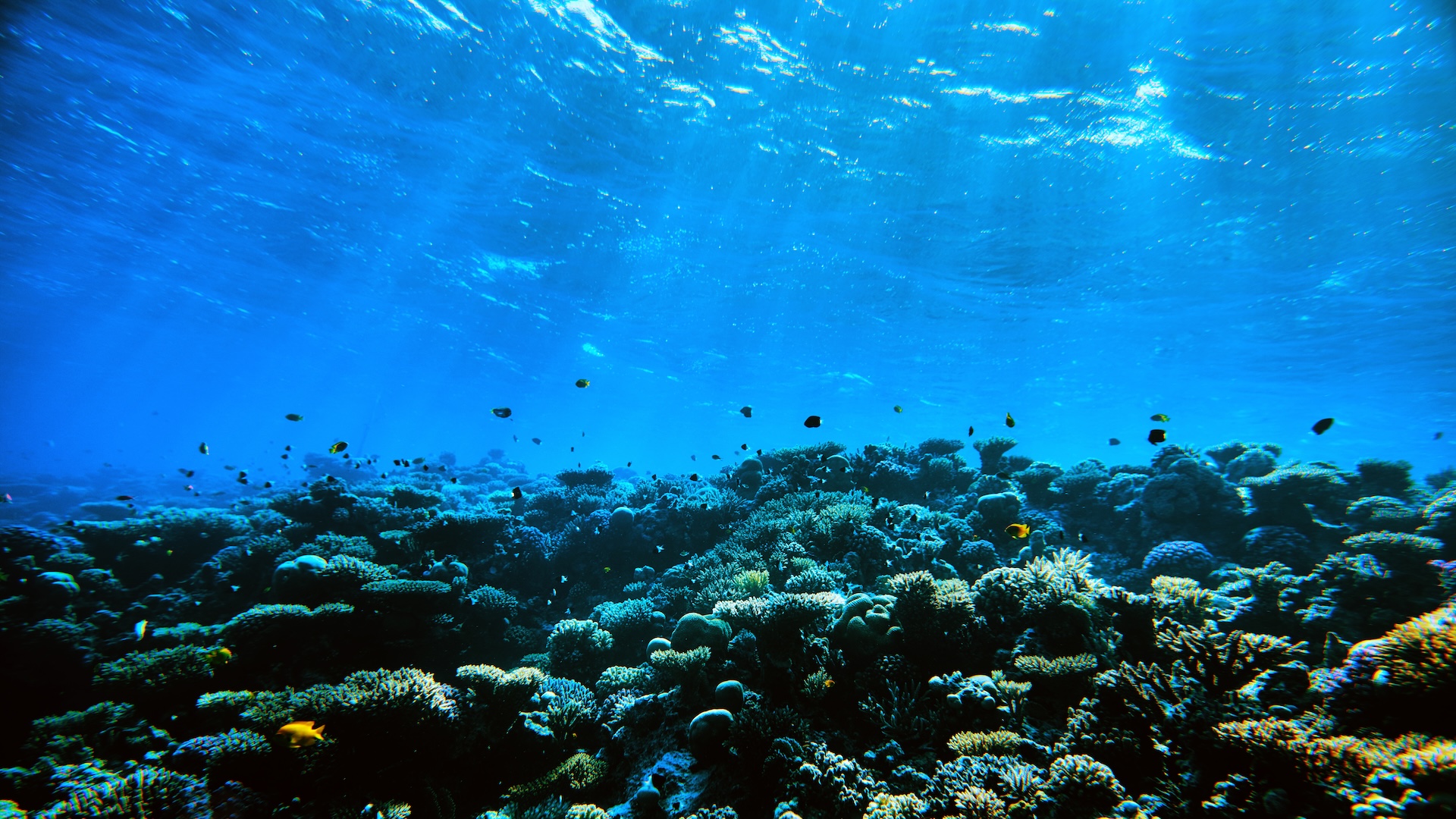
There's an acidic zone 13,000 feet beneath the ocean surface — and it's getting bigger
By Peter Townsend Harris, Mark John Costello published
The carbonate compensation depth — a zone where high pressure and low temperature creates conditions so acidic it dissolves shell and skeleton — could make up half of the global ocean by the end of the century.
Sign up for the Live Science daily newsletter now
Get the world’s most fascinating discoveries delivered straight to your inbox.
